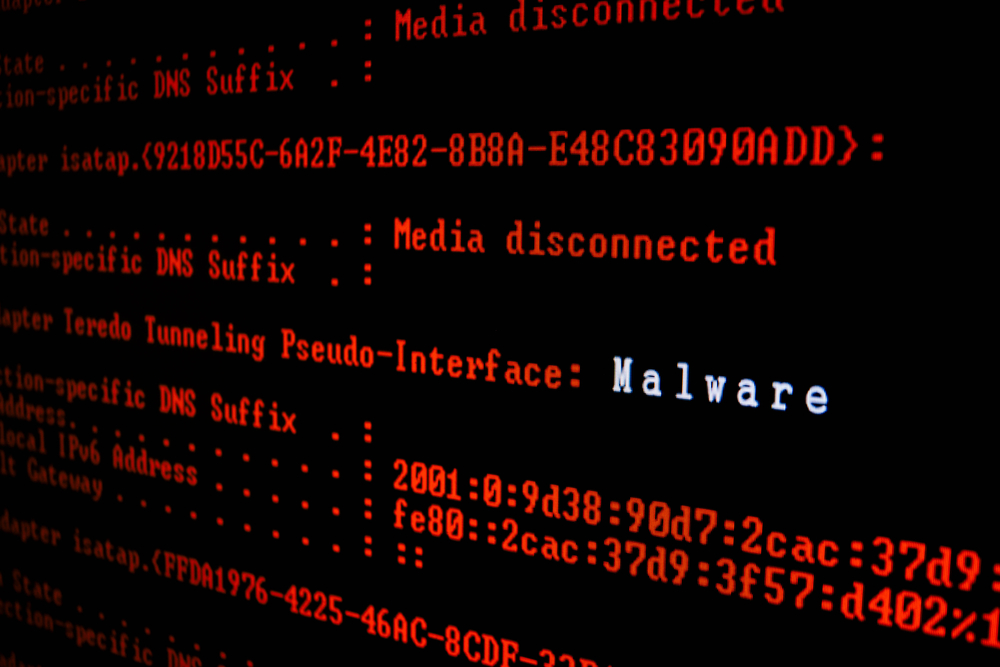The Crucial Role of Antivirus Protection for Smartphones
Protect your smartphone from cyber threats with reliable antivirus software. Learn why security apps are essential to guard against malware, phishing, and scams that target Android devices. Discover how to identify infections and choose safe antivirus options to keep your personal data secure.

Why Smartphone Antivirus Software Is Essential
Many believe that only computers need protection from malware, but smartphones are equally vulnerable. Since they store sensitive data—personal photos, messages, financial information—they are prime targets for cybercriminals. Protecting your device with reliable antivirus software is vital to safeguard your privacy and data security.
Risks for Android Devices
While some argue antivirus isn't necessary for Android, the increasing cyber threats make it essential. Android devices frequently face malware attacks, especially through apps on the Google Play Store, which is often targeted by malicious actors. Although Android viruses don't replicate like traditional viruses, they can compromise your device and personal情報.
Given Android's popularity, the threat landscape is significant. Malicious apps often infiltrate the device via the app store, which lacks stringent controls. These threats include automatic MMS downloads, WhatsApp hacks, phishing via email or messages, fake APKs, and scams. Trojans and SMS malware account for a notable percentage, emphasizing the need for security measures. Staying protected helps prevent unauthorized charges, data theft, and device damage.
● Automatic download of malicious MMS
● WhatsApp security breaches
● Phishing and scam emails
● Fake applications and APKs
● Malware like Trojans and SMS-based threats
A recent survey revealed Trojan-related threats making up 11.33%, with overall risk levels at 43.32%, indicating a pressing need for protection. As cybersecurity advances, these figures are expected to decrease.
Indicators of Infection
Recognizing if your smartphone is compromised is crucial. Sudden data charges, unusual device behavior, or frequent crashes may indicate malware presence. Often, users remain unaware until a scammy transaction or device malfunction occurs. Since hackers seldom notify you, installing proactive security apps is the best safeguard against unseen threats.
Choosing and Using Smartphone Antivirus Safely
Be cautious when selecting antivirus apps; avoid misleading advertisements and malicious campaigns. The Loapi Trojan, for example, spread via deceptive ads, eventually overheating and damaging devices, and subscribing users to paid services without permission. Some malware can block security app removal, demanding vigilance.
Antivirus apps act similarly on smartphones as on PCs: they scan files, detect malicious software, and notify users of threats. Unlike desktop antivirus programs, mobile security apps typically do not automatically remove harmful apps but alert you to their presence. Costs vary, with free trial options available. Paid versions often include enhanced protection and malware removal features, ensuring your device remains safe.










